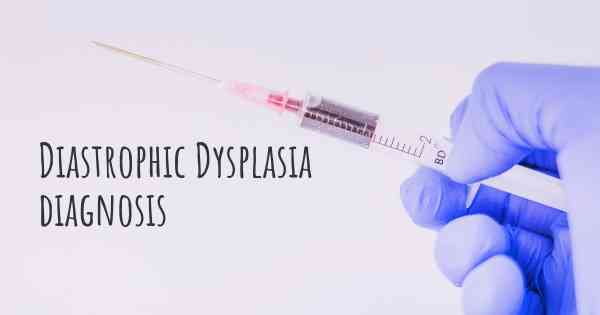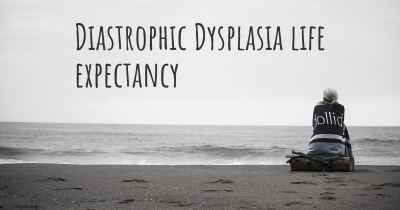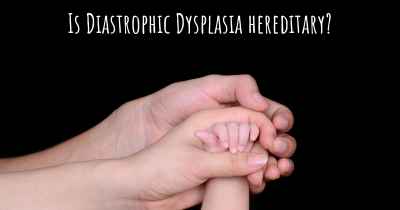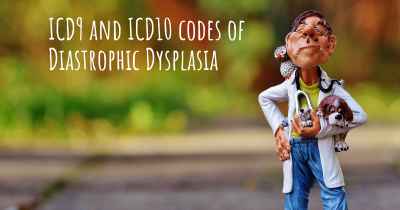How is Diastrophic Dysplasia diagnosed?
See how Diastrophic Dysplasia is diagnosed. Which specialists are essential to meet, what tests are needed and other useful information for the diagnosis of Diastrophic Dysplasia

Diastrophic Dysplasia Diagnosis:
Diastrophic Dysplasia is a rare genetic disorder that affects bone and cartilage development. It is characterized by short stature, joint deformities, and other skeletal abnormalities. Diagnosing this condition involves a combination of clinical evaluation, medical imaging, genetic testing, and family history assessment.
Clinical Evaluation:
During a clinical evaluation, a healthcare professional, typically a pediatrician or geneticist, will examine the individual for physical signs and symptoms associated with Diastrophic Dysplasia. These may include:
- Short stature
- Abnormal curvature of the spine (scoliosis)
- Joint deformities, particularly in the hands, feet, and knees
- Cleft palate or other facial abnormalities
- Clubfoot
- Ear abnormalities
Medical Imaging:
Medical imaging techniques such as X-rays, CT scans, and MRI scans play a crucial role in diagnosing Diastrophic Dysplasia. These imaging tests help visualize the skeletal abnormalities and provide valuable information about the condition's severity and progression. X-rays can reveal joint deformities, while CT scans and MRI scans offer more detailed images of bones, cartilage, and soft tissues.
Genetic Testing:
Genetic testing is a key component in diagnosing Diastrophic Dysplasia. It involves analyzing an individual's DNA to identify specific genetic mutations associated with the condition. The most common genetic mutation responsible for Diastrophic Dysplasia is found in the SLC26A2 gene. Genetic testing can be performed using various methods, including:
- Gene sequencing: This technique examines the entire coding region of the SLC26A2 gene to identify any mutations.
- Targeted mutation analysis: If a specific mutation is known to be present in the family, targeted testing can be performed to detect that specific mutation.
- Carrier testing: Genetic testing can also be used to determine if an individual carries the gene mutation responsible for Diastrophic Dysplasia, which is particularly important for family planning purposes.
Family History Assessment:
Assessing the family history is an essential part of diagnosing Diastrophic Dysplasia. The condition is inherited in an autosomal recessive manner, meaning both parents must carry a copy of the mutated gene for their child to be affected. Therefore, understanding the family's medical history, particularly instances of short stature, joint abnormalities, or other skeletal issues, can provide valuable clues for diagnosis.
Conclusion:
Diagnosing Diastrophic Dysplasia involves a comprehensive approach that combines clinical evaluation, medical imaging, genetic testing, and family history assessment. The identification of physical signs and symptoms, along with the detection of specific genetic mutations, is crucial for an accurate diagnosis. If Diastrophic Dysplasia is suspected, it is important to consult with a healthcare professional or geneticist who can guide the diagnostic process and provide appropriate care and support.








